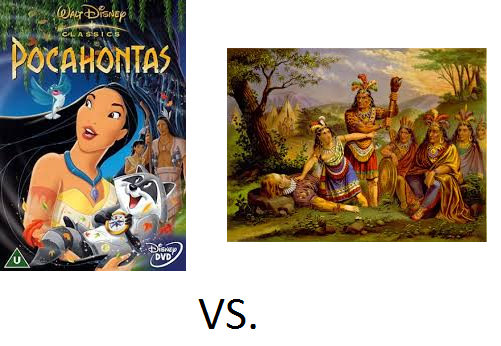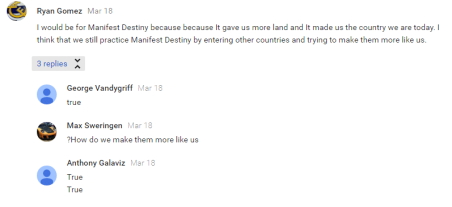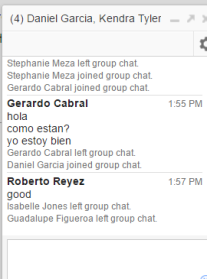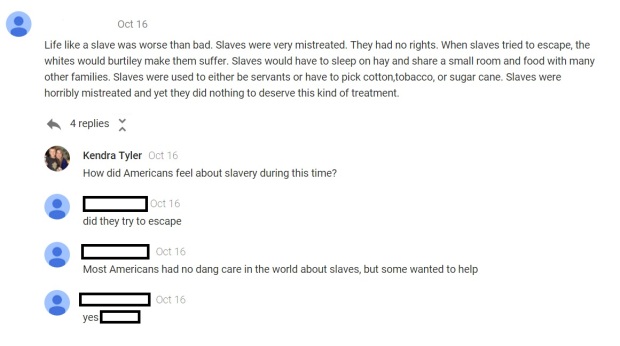Now we all know how it is after testing towards the last two weeks of school. We want movies, the kids want movies, and Netflix is just calling our name. BUT I know you, your a good teacher and wouldn’t dare use your precious teaching time to show a MOVIE, shoot that would be horrendous right? What if I told you I specifically pick movies to show at the end of the year to show and have activities to go with them. Would you be horrified? Well, take a look at what I do and then you can decide.
When I taught US History I always ended the year with National Treasure.
If you have seen this movie and know any of the US History standards, you can see why it sort of works. It allows students to visualize all of the places we have been learning about all year, but it also addresses a much bigger issue that I think all students need to learn. That is.. FACT VS FICTION! Historical reality! What is made up and what isn’t? Just because it sounds possible, is it? Just because it sounds crazy, can it not be real? Students need to be able to take something in and decipher between fact and fiction. So, I created a Hyperdoc that allows them to research what they are seeing as they watch the movie.
Check it out below and then click here to get your own copy.
When I taught 7th Grade World History I watched Mulan, Pocahontas, and Robin Hood.
Now you might think I’m really crazy. You want me to show 7th graders Disney movies?! FOR WHAT EDUCATIONAL VALUE! Well, it’s a similar argument as above. What is fact and what is fiction? For someone who is unfamiliar with Native American History, they may believe that Pocahontas is a real picture of the relationship between the Natives and the Europeans.

Students need to learn how to be critical of what media they view, and find the truth. I would do a similar assignment as above but have students finish by writing a movie review based on what they learned in their class about Native Americans OR Chinese culture and give the movies a rating of historical accuracy. During this process students studied movie reviews, had practice writing and researching, and thought they were just watching movies. WIN WIN!
Watching the movies to books you read in English allows for great conversation about director’s choice and interpretations.

I’m going to let that one basically stand alone. If you aren’t showing the movie to books you read, you can always wait until the end of the year to get them thinking back! Or, high school teachers get your kids really pumped and watch a movie based on some Shakespeare like 10 Things I Hate About You. Have your students write a paper explaining how it is based on Taming of the Shrew.
So should you be showing movies the entire month after testing, probably not. But, I’m not going to judge you if you can figure out how to implement movies into your own classroom. If you have a way you’ve done it in your classroom post below! 🙂





